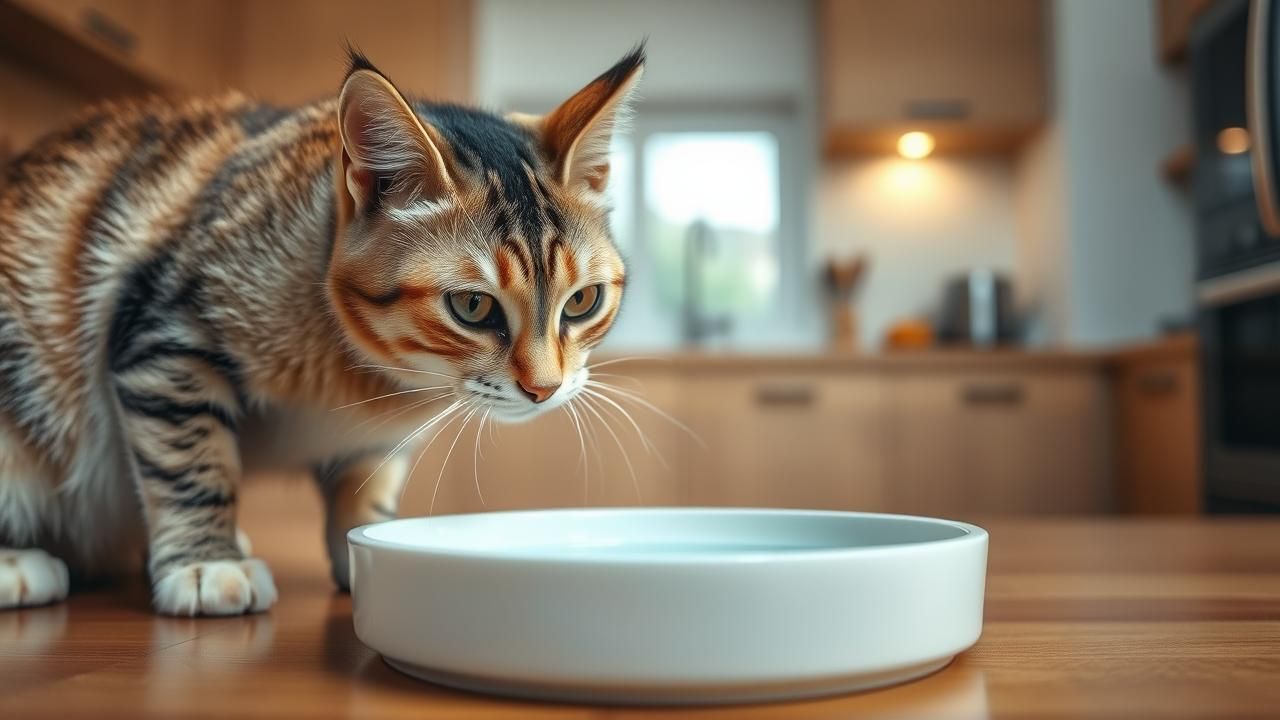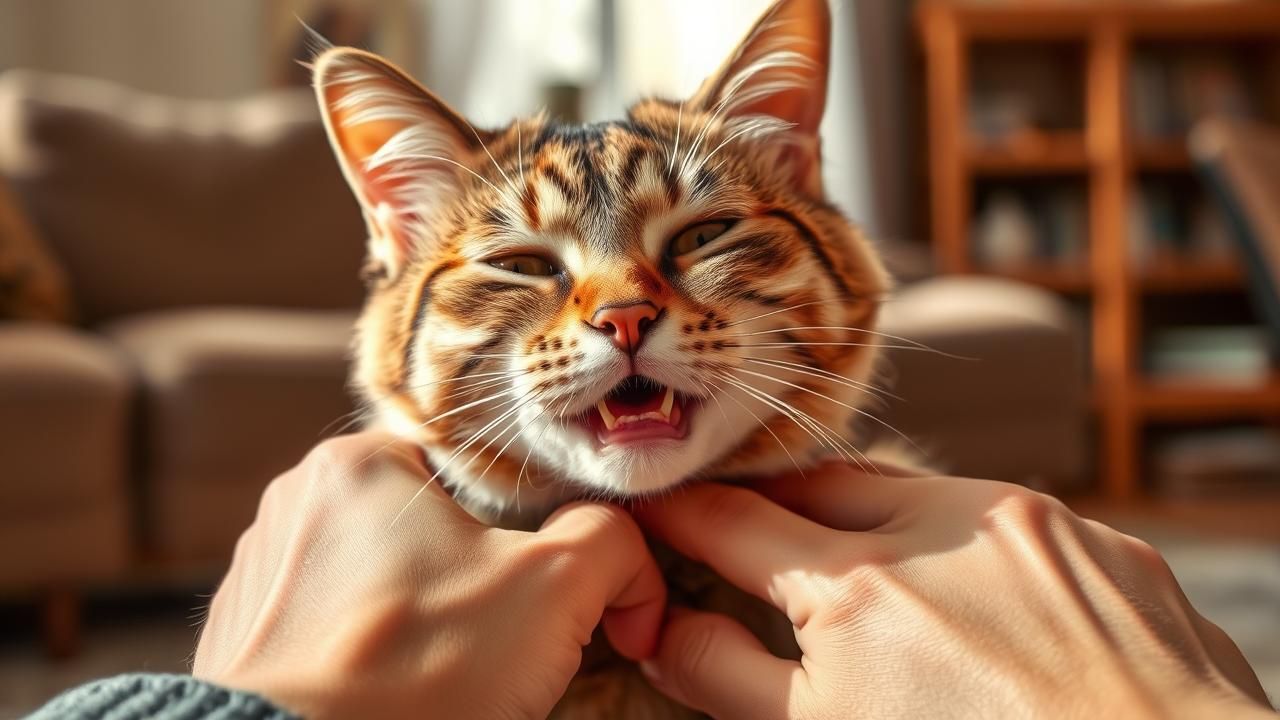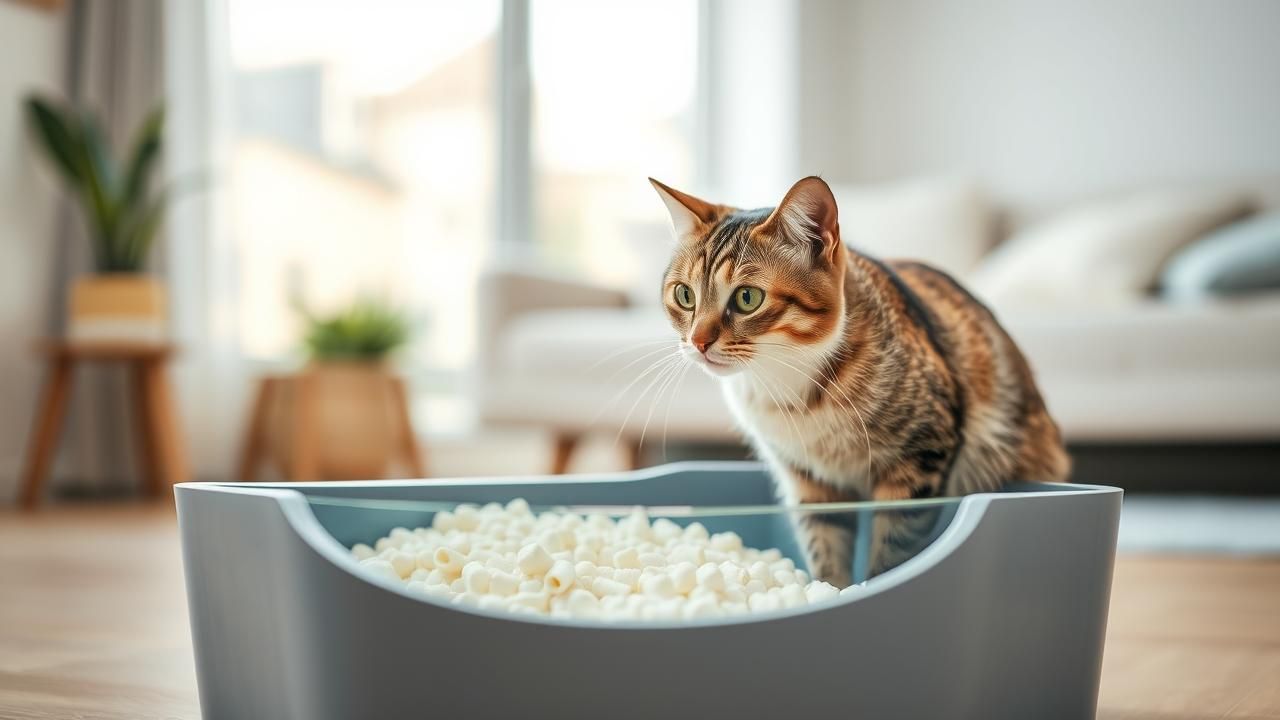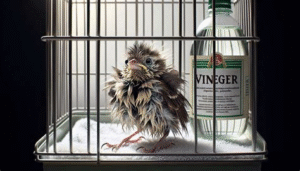Your aquarium is always well-maintained with the focus on keeping the water clear. But, one day, while doing your daily chores, you notice bubbles that surface in your once fish tank. Are these bubbles threatening or harmless?
Bubbles in a fish tank could be the simple result of water’s natural physics, but they could also be a warning sign that something needs your attention. In this article we will be covering all the possible reasons that lead to the formation of bubbles in an aquarium and whether they pose a threat or how to prevent and deal with bubbles that appear in an aquarium or in a fish tank.
Understanding The Bubbles: Common Causes To Look For
But before we get into the nitty-gritty of the issues caused by bubbles, let us first touch on the harmless causes of bubble formation in aquariums:
- Water Movement: Agitated water creates bubbles as it entraps tiny air pockets, which might happen during the filling or refilling of the tank. The output water pressure due to filters, powerheads, or airstones can be the cause of the turbulence created on the surface level.
This problem often stems from bubbles being present even at the point of a water change due to the new water being colder than the tank water. As the water is heated according to the conditions of the tank, there are certain gases present in the water that dissolve and then form bubbles. Most of the time, these types of bubbles are non harmful and tend to go away on their own with the passage of time.
- Organic Waste Breakdown: The aquariums, just like every ecosystem, have what is known as food webs. Where, as time goes by, materials like food, waste, and plants get decayed and in turn release carbon dioxide, or CO2 to be precise. Now this isn’t a simple process, as it seems, as this is done by particular bacteria that play a crucial role in the decomposition of waste and the transfer of the nitrogen cycle. The aforementioned gases present in the base water may release bubbles at the surface of the water; this may lead to some foaming being visible on the surface water.
- Protein Foam: While the phenomenon may not be as common in freshwater aquariums, it has been observed that excess protein originating from organic waste may lead to the formation of bubbles that would create foam on the top surface of the water. This has been seen more commonly in saltwater aquariums.

WARNING! This is a bubble that should be watched closely.
Like all things, there is a downside to aquarium bubbles, so let’s now turn our attention to those bubble formations that appear to be worrying and are due action:
- Soap Residue: Unequivocally, nearly all of us agree that one of the most troubling causes of bubbles in an aquarium is soap residue. It can be lethal to fish even with the tiniest bit of soap or some home cleaner that made its way in from cleaning equipment or brushes. When soap pollution occurs, there tends to be a foam when water is rinsed with a colourful tint towards the rainbow, which can be observed in a bubble of dishwashing soap.
Take Action NOW:
If soap contamination happens, immediately move your fish to a separate, clean container with dechlorinated water of the same temperature as the aquarium. Get rid of the impacted tank entirely, and wash all the parts, such as decorations, gravel, and equipment, carefully. The filter deserves special attention since foam can be attached to the filter media. Remove the filter, including but not limited to any soap-containing media. After doing so, add the equipment to the tank filled with freshwater but dechlorinated water, and the temperature must be the same as the tank to avoid startling the fish.
Covid Prevention is Necessary:
In an effort to avoid soap contamination, make it a point to always keep a separate set of tools specifically designed for tank cleaning. Always avoid using regular soaps or cleaning agents on any part of the setup, as this may lead to soap being used in tanks. There are three more points that may need attention:
After the saltwater tank has been filled, bubble formation around the tank’s components may be caused by a few water conditioning tablets as well as the foam medications. If these are misapplied or engrossed because they have chemicals from American Aquatic Equipment and never follow the set guidelines, the balance in the tank will get disrupted and bubbles will appear from time to time. Always follow the above poster’s guidelines when it comes to using any extra precautions or medications. Additionally, if ever in doubt, reach out to another aquarist or aquatic veterinarian.
Excess Longstanding Organic Matter: Surplus organic materials, including proteins, amino acids, and fatty acids, may lead to foam formation through fish waste, undigested food, and dead plants. While proteins, including organic materials agitated with minerals fusion, are crucial to the aquarium ecosystem, their accumulation damages the water quality.
Controlled Maintenance Protocols: Routine water changes of around 20% to 30% are vital to decrease the concentration of minerals. Apart from the biological role, the mechanical function of the filter, such as size and comfort, is essential in dissolving organic waste.
Bubbles in Betta Tanks: Oddities Discovered
Most individuals who maintain a betta tank experience interesting activities that lead to the formation of bubbles or warm weather:
- Bubble Nests: Males typically employ a strategy of bubble nesting to help females identify them, where a male betta blowing bubbles reduces the chances of food contamination. Not only exclusively used for males, male bubbles tend to grab females due to the female’s use during nesting. Nests, structures built at the water surface with target serving as protection for eggs until they are ready for hatching. And on males, one positive behavior that indicates a healthy fish is the absence of a female, which suggests the fish put up a bubble nest, a breeding positive. Healthy fish belong in large waters; if large swathes of water are absent, chances of contamination increase.
- Breathing Bubbles: Most betta fish are classified as labyrinths because they are able to breathe oxygen from the atmosphere, which permeates at a defined angle and optimally achieves temperatures.
Buoyed by specialized gills, bettas are known to survive even in the most challenging environments. Due to their ability to breathe oxygen underwater, they often return to the surface and exhale bubbles, which can be worrisome for some. Thankfully, one does not need to worry about that.

Damaging Bubbles: How to Safeguard Your Bolthole
So now we need to understand how to mitigate the chance of uncontrolled bubbles in our aquarium after understanding the reasons for bubble formation.
- Recommended Water Change Practices: It is best to pour the newly added water against a plate. By doing so, one not only reduces the chances of bubbles being formed but is also able to lower disturbance caused to the water. It is also important to always use dechlorinated water.
It is pertinent to note that the sources provided do not mention dechlorination, which is a standard practice in aquarium maintenance. Dechlorination removes chlorine and chloramine, which are harmful to fish, from tap water. You may want to verify this information independently.
- Proper Feeding Techniques: It is best to only feed what fish can consume within 5 minutes to avoid unnecessary decay of uneaten food. Overfeeding should be avoided as it adds to organic matter and contributes to the formation of bubbles.
There exist clearly defined aquarium practices to apply, but the following information is not in direct relation to the sources but rather what best practice recommends regarding aquarium care.
How Aquarium Prevents Bubble Formation And Maintains A Clean Environment: Maintaining a routine helps prevent the formation of bubbles within the tank. Routine maintenance and partial cleaning of the tank should ideally start with
- Consistent Partial Water Changes: It is reasonable enough to replace an ample amount of water that will help freshen the atmosphere; it would also help with cleaning out the waste products. These actions will significantly change the tank water’s composition and target a 20-30% dilution.
- Remove Debris With the Help of Substrate: If fish are to be talked about, they are not the best of maintainers, and over the course of time, loose food and fish waste, along with water pollution, become overwhelming within the recesses under the gravel. If this portion of an aquarium can be cleaned, not only will a controlled atmosphere be maintained, but it will also prevent the emergence of bubbles as well.
- Dealing With Accumulation of Waste Products on Filtering Devices: Altering or cleaning the state of the filtering device ensures that the quality of the water is not deteriorating whatsoever. It could be a fish tank, but the aim is to maintain an assured balance from the possibility of turning into a nursery for bubbles.
- Rotting of Vegetation and Catastrophe Within Fishes’ Organic Structures: Losing a fish or seeing a plant’s solid structure break down is sorrowful enough, but overlooking this would emit gases and even breathe through a bubble. Hence, such areas need to be cycled and given circulation of either water or oxygen to prevent pollution from forming.
- Letting Time Pass Unless There is Monitoring of Tank Parameters: Tank measures like temperature, pH levels, and nitrites need to be constantly checked or monitored if such fish are to be housed; otherwise, simply ignore all of these.
- Selection and management of equipment: The equipment’s selection as well as its operational management can have a bearing on the amount of bubbles formed at any one time.
- Filter position and angling: Try placing and angling the filter such that surface disturbance is reduced as much as possible. Some filters also have variable flow rates, which may also help in reducing turbulence.
- Air diffusion devices: Air stones and diffusers are useful in ensuring that more oxygen is dissolved in the water; however, when being placed and used, they can also lead to the formation of bubbles. Consider placing the airstones or reducing the airflow in them to adjust for bubble formation.
- Servicing and upkeep of equipment: Maintenance of filters, power heads, or any other equipment should be done regularly to prevent material from clouding the area and provide maximum effectiveness.
Dedicating yourself to clarity and comprehension.
Bubbles for the fish tank can be sometimes alarming to people, but they can be dealt with with the right knowledge and care. Understanding the various reasons for either the harmful or non-harmful bubbles is what will allow you to take measures that ensure the sea creatures live healthy lives. One will probably be doing regular cleaning and monitoring while being dedicated to ensuring that the environment is clean, stable, and sans bubbles, which would allow the tank to be pleasing to look at while giving access to the sheer beauty of an aquatic environment free of bubbles.
Check Out Our All Fish And Aquarium Tips











